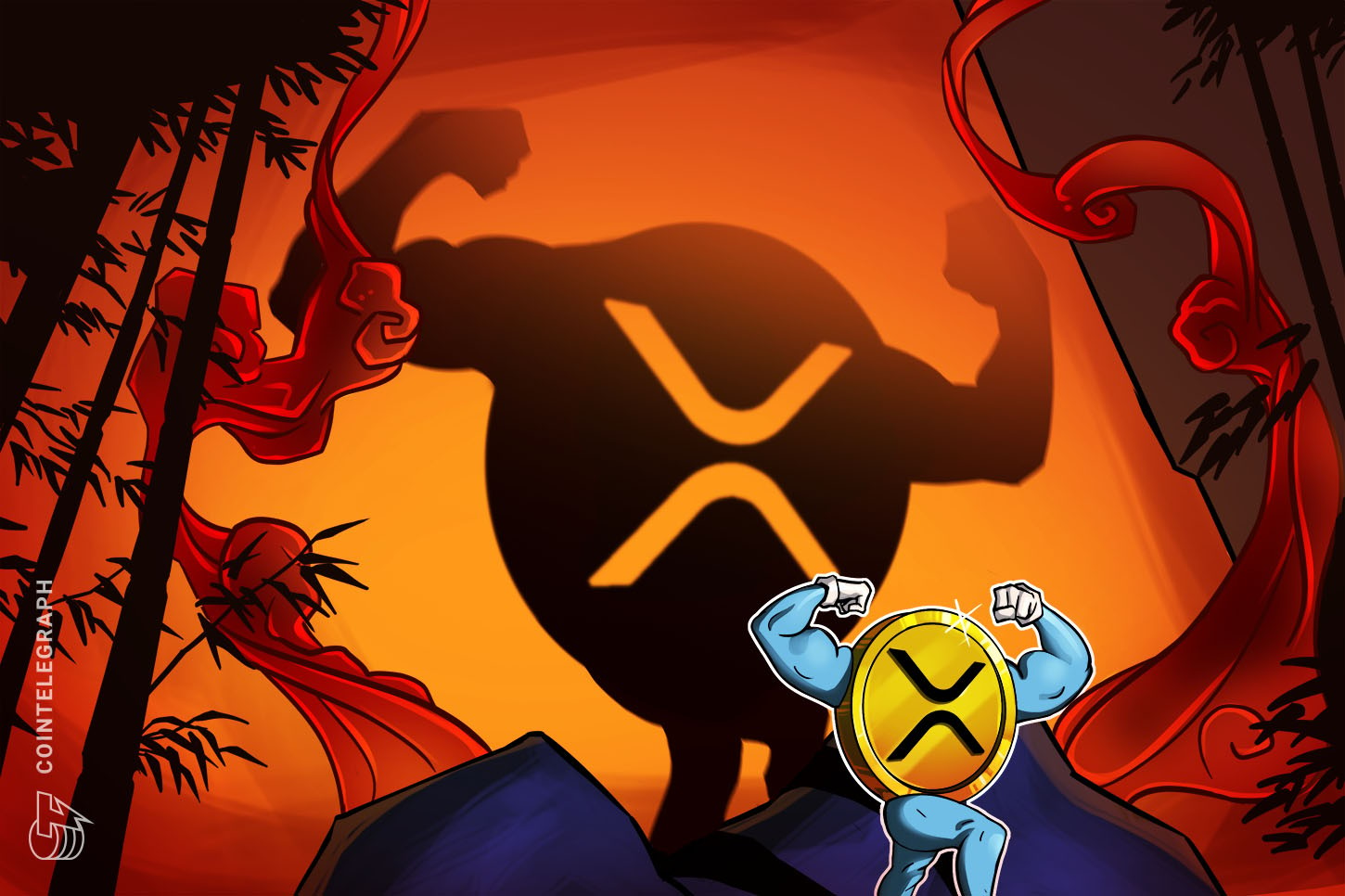Data from research firm Messari indicates that Ripple’s circulating supply (XRP) inflation rate is coming up to 20% for the latest financial year. Highest among the large-cap crypto assets, it is five times that of Bitcoin’s (BTC).
Inflation vs. price
Messari researcher Florent Moulin shared the information on Twitter stating that Bitcoin is up 20% since last year, but in contrast, XRP is down 47% —- alluding to some correlation between their price and circulating supply inflation rates.
Moulin also compared how much of the max supply is in circulation, stating that Ripple has only 30% of their max supply released, while Bitcoin has already released 87.5%.
Kyle Samani of Multicoin Capital aligned with this correlation, specifically mentioning the increasing sale of XRP as the key facilitator to driving the price down:
“The company has been steadily increasing their sales of XRP over the previous three quarters, likely inflicting downward price pressure on XRP.”
Ripple executives maintain that the continual selling of XRP don’t have a tangible effect on the underlying market. Ripple CEO Brad Garlinghouse has previously explained:
“In the XRP community, Ripple is the largest owner, and we are the most interested party in the success of the XRP ecosystem […] Ripple can’t control the price of XRP anymore than a whale controls the price of Bitcoin.”
The wider market
The inflation rates of other prominent cryptocurrencies like Tezos (XTZ), Litecoin (LTC) and Ether (ETH) are sitting at 13%, 5.1% and 4.7% respectively. Unlike XRP however, XTZ has increased by almost 180%, but Litecoin has dropped by 63%.
The inflation rates calculated by Messari have been queried by the wider community as the circulating supplies vary by up to 50% compared to other popular sites such as Coin360 and CoinMarketCap causing some to even question the legitimacy of their methodology.


